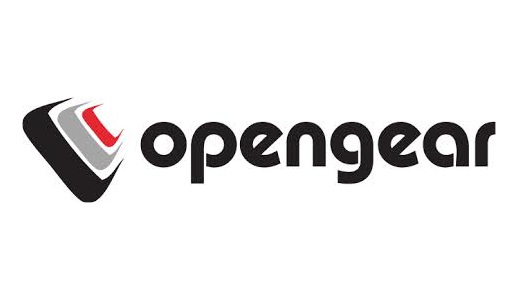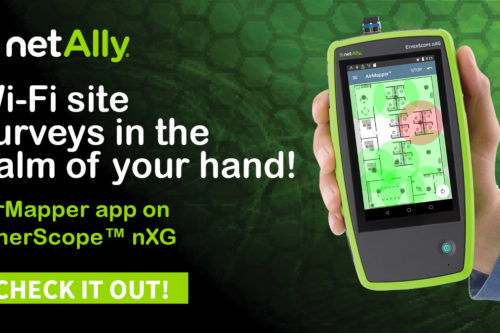As long as there has been networking equipment we have needed access into devices to configure and manage. Serial connectivity is the defacto setup method for new equipment so it’s only naturally that console servers have come to market. For example I use a Cisco 2811 at home in my lab for console connectivity but it’s somewhat limited in how you can connect and manage, plus it’s also not the easiest. Opengear console servers provide an easy way to provide serial connectivity to devices and out of band management. One of the greatest features of Opengear console servers is that you can provide connectivity to them via cellular modems.
Image the following situation: You are an engineer installing a municipal wireless network and want to make sure you don’t have to roll a truck when a mesh node gets stranded. What are your options? A simple option is to take an Opengear ACM5000 with a cellular backhaul. By using this setup you can provide console access to your mesh nodes without running a cable of some sorts. Hook up the ACM5000 to a streetlight tap or even a solar panel and you are all set.
Another feature of the Opengear systems that I like is the fact that you have the ability to extend the device and hook up sensors to it via the I/O pins. This extensibility is brought to the code level as well, source is provided so you can roll your own firmware and add features to the device if needed. I am interested in seeing what fellow hardware/software hackers like Ryan Adzima could come up with for the device rolling their own firmware. I wouldn’t mind a unit for my home lab to replace my aging 2811!
For more information on Opengear please watch the following Tech Field Day video from Cisco Live 2013:



